Goal One
Recruitment and Enrollment of New Students
We strive to increase the enrollment of beginning, returning, transfer, and graduate students with targeted recruitment to include diverse populations.
We strive to increase the enrollment of beginning, returning, transfer, and graduate students with targeted recruitment to include diverse populations.
Increase the retention and graduation of students and reduce achievement gaps.
We will strengthen academic programs by supporting faculty, modernizing learning spaces, and expanding academic programs and student participation in them.
We will foster and strengthen collaborative relationships that promote, build, and sustain the wellbeing of the campus and our communities.
We will incorporate diversity, equity, inclusion, belonging, and justice into all our conversations, programs, and services to ensure that all individuals are respected, valued, and supported.
